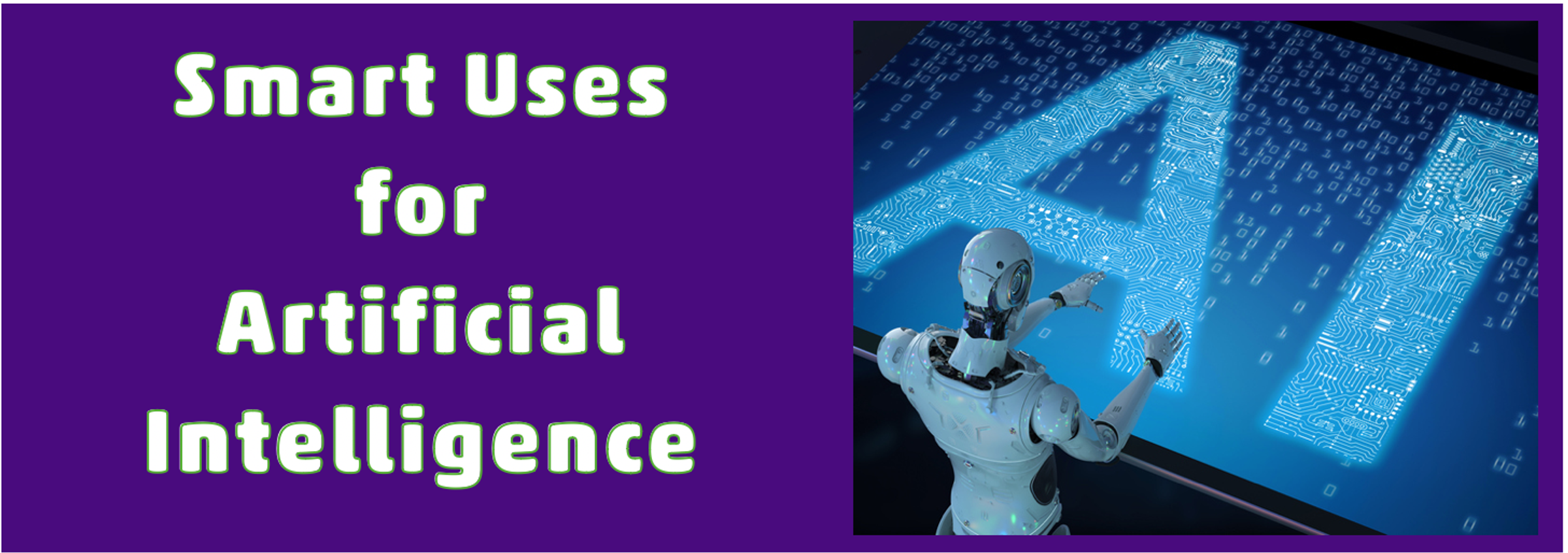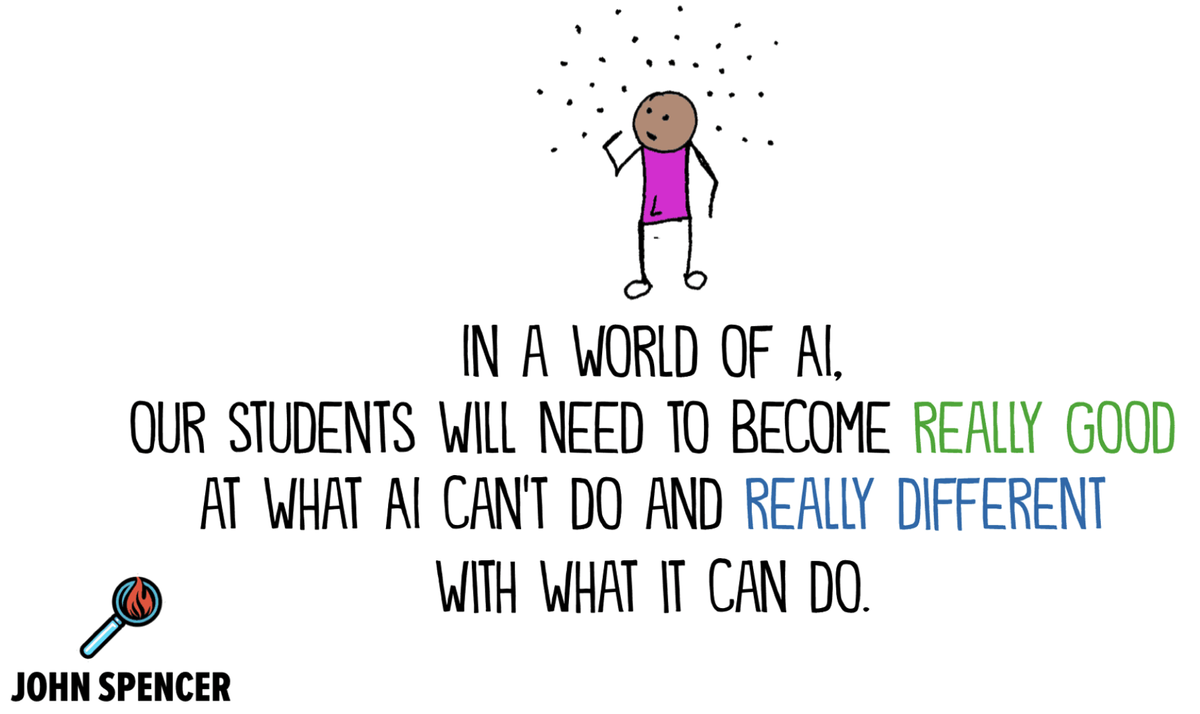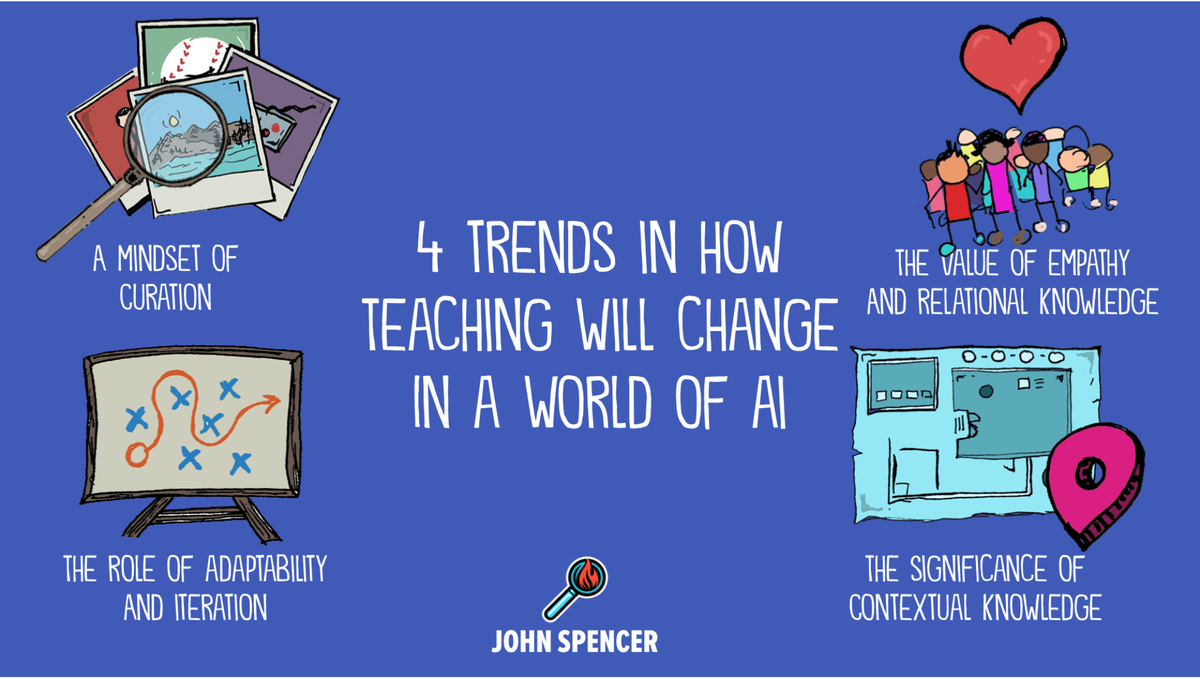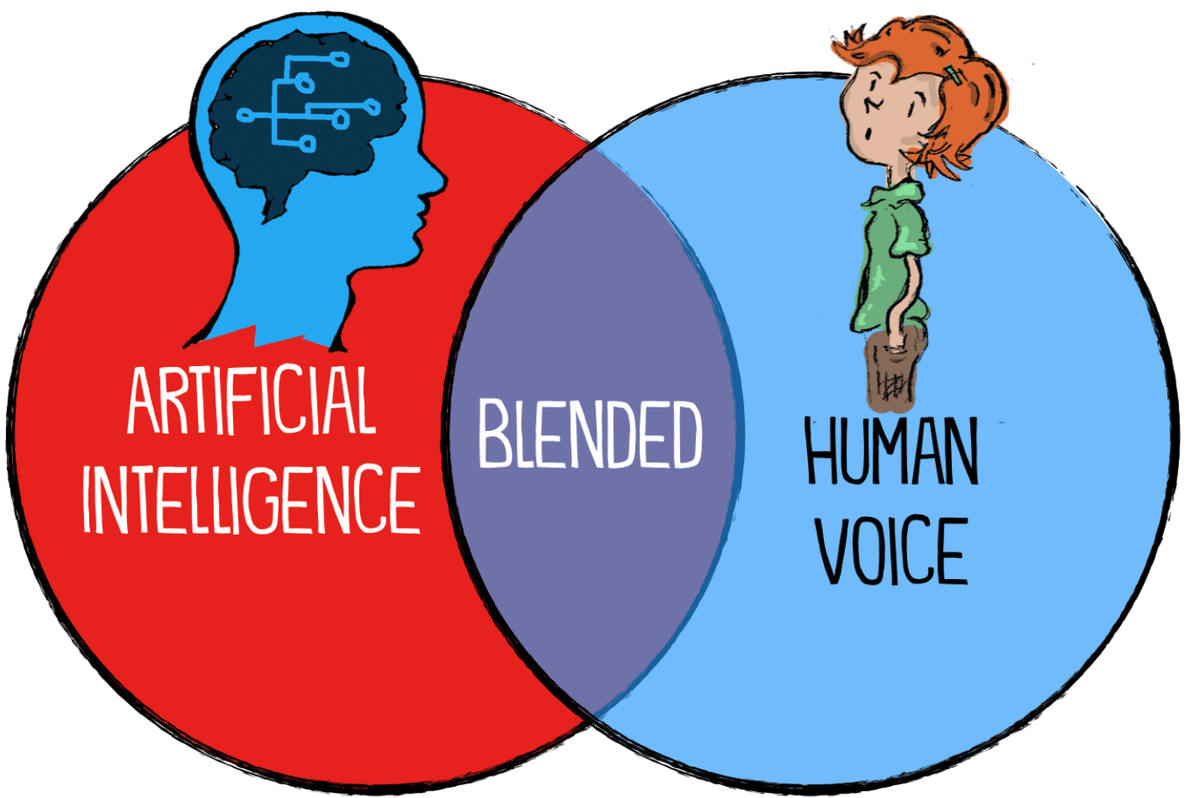The Technology Page:

AI in Education: Why Teachers Still Matter:
Based on an article by Professor John Spencer, August 2025
Machine learning is transforming our world, including how we learn and teach. Some predict AI will replace teachers, but history tells us otherwise. From laser discs to search engines to personalised learning programs, technology has never replaced the human connection teachers bring.
At Western Heights, we know that relationships, context, and empathy are central to learning. These are things machines can’t replicate.
Three Key Questions for Us as Educators
1. What Do Humans Do Better Than Machines?
• Context: We understand the backgrounds, cultures, and experiences of our children. • Divergent Thinking: We make creative, unexpected connections that AI can’t. • Curiosity: We nurture wonder and questions that go beyond a programmed script. • Empathy: We “read the room” and respond to emotions in ways AI can’t.
2. What Should We Automate?
AI can help with:
• Generating examples
• Analysing data
• Synthesising information
• Role-playing scenarios
But just because we can automate something doesn’t mean we should. We must protect the parts of teaching that require human judgment and creativity.
3. What Are the Opportunities and Risks?
AI can offer instant feedback, personalised resources, and new tools for co-creation. But there’s a risk of losing “productive struggle” and deep learning if everything is too easy or efficient. Students also need to understand AI’s biases and limits.
Four Trends Likely to Shape Teaching
1. Teachers as Curators
We won’t always create everything from scratch. Instead, we’ll select, adapt, and improve AI-generated content to fit our learners.
2. Teachers as Empathisers
AI can give feedback, but it can’t build trust, wellbeing care, or truly know our students. That’s our role.
3. Teachers as Contextualisers
We take generic AI content and make it fit our learners, whānau, and community context, whether that’s in our newsletters, examples, or lesson design.
4. Teachers as Adaptable Innovators
The tools will keep changing. We’ll need to blend the “best of the old” with the “best of the new” and model adaptability for our students.
The Future Is Us
AI is a tool, not a replacement for teachers. The real future of education lies in the creativity, adaptability, and humanity of educators. At Western Heights, this means embracing AI as a partner, not a replacement; using it to enhance learning while keeping the heart of teaching firmly human.



